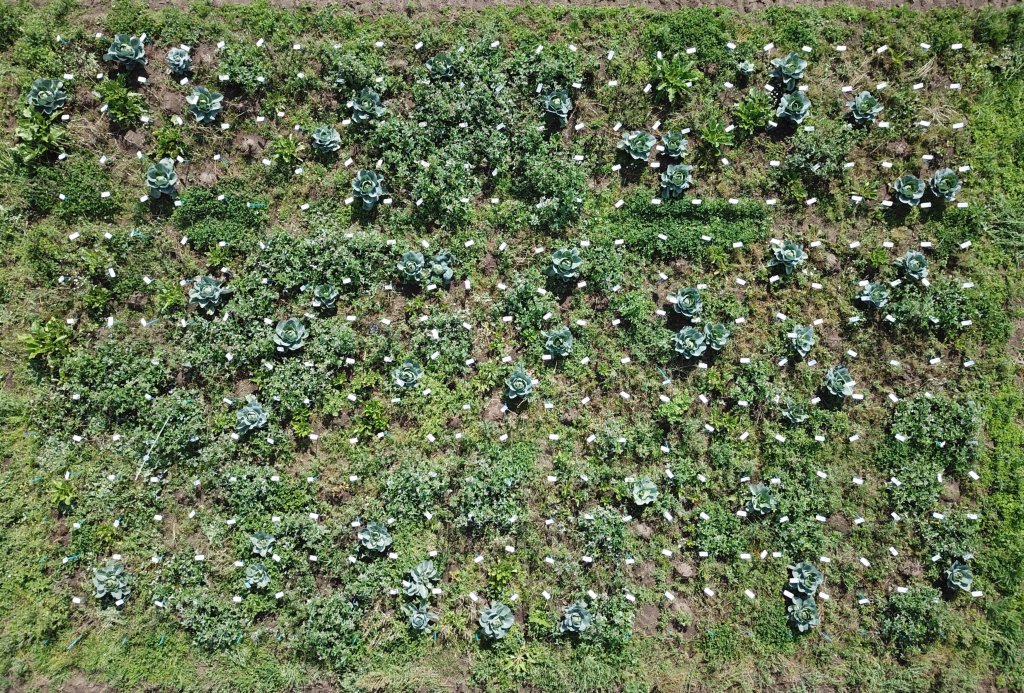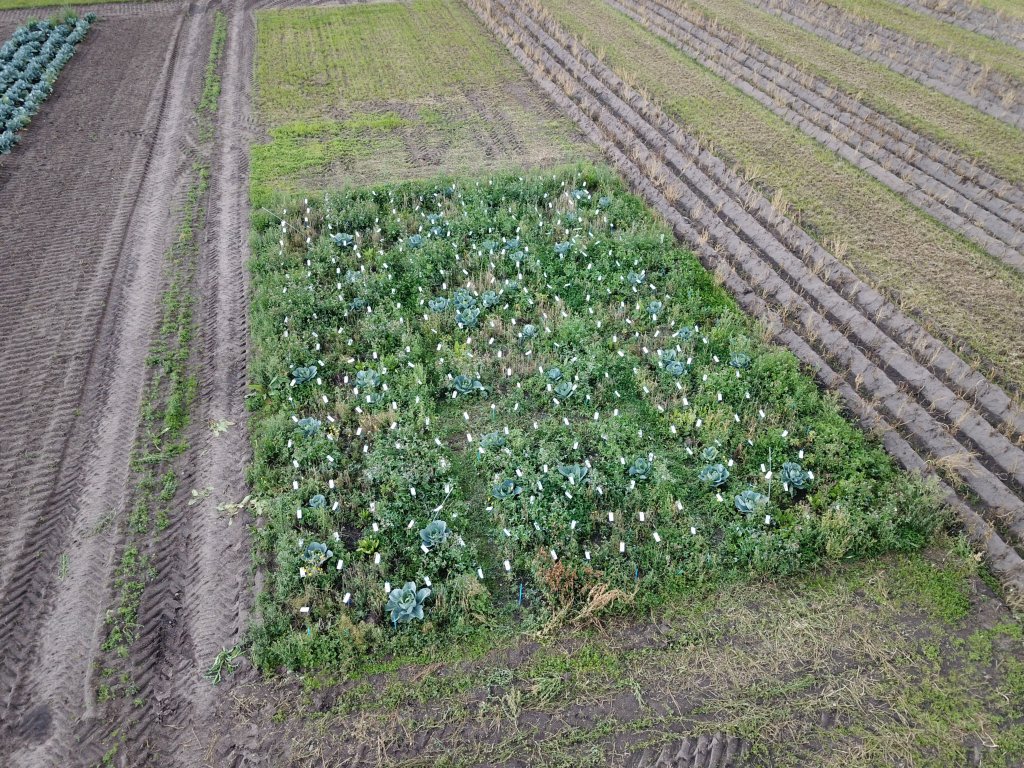Pixel cropping is about letting ecology be the guide in the design of productive arable farming systems. Human and non-human ecologies (plant, soil, arthropod, fungi, machine) intersect on the pixel field and must all be given equal weight in the design process. Monocultural farming is highly productive but also the source of copious planetary problems. We need to find new ways of growing crops that have a positive impact on the environment rather than negative. We already know that in-field plant diversity is a promising route to achieve this aim, but what we don’t fully know yet is to what extent ecological complexity can be amplified in an arable agriculture setting without sacrificing production levels. Where is the limit? The pixel cropping project is designed to test the potential of cultivated complexity: can planting crops in a high resolution mosaic of mini-fields (‘pixels’) create a system that produces both good yields and ecological benefits? What is the optimal design for such a mosaic?
Here, the field of crops is the design object. The central aim is to create a farm field that functions as a thriving ecosystem while simultaneously accommodating the extraction of agricultural products. The high resolution of each pixel allows you to orchestrate synergistic plant—plant interactions by creating neighbourhoods of things that like to grow next to each other.
Key elements of the design challenge revolve around the copious interactions at play in the pixel field (plant—plant, plant—soil, plant—arthropod, arthropod—arthropod, plant—machine, human—machine, etc.), as well as the shape, resolution, contents, and layout of the pixels, and the form and function of the tools conceived to manage them. The design process draws on a multi-disciplinary mix of empirical research, traditional knowledge, farmers’ experiences, literature review, technology developments, and iterative prototyping.
Designing cropping systems to be complex, self-regulating, and ecologically-driven is both a necessary shift away from and antagonistic to the current dominant paradigm of food production. Although pixel cropping is not likely to be adopted at a significant scale any time soon, testing novel prototypes offers a view into what might be possible in the future. We have to look ahead to imagine agricultural landscapes that are no longer a lever of ecosystem decline, but an engine of ecosystem vitality.






